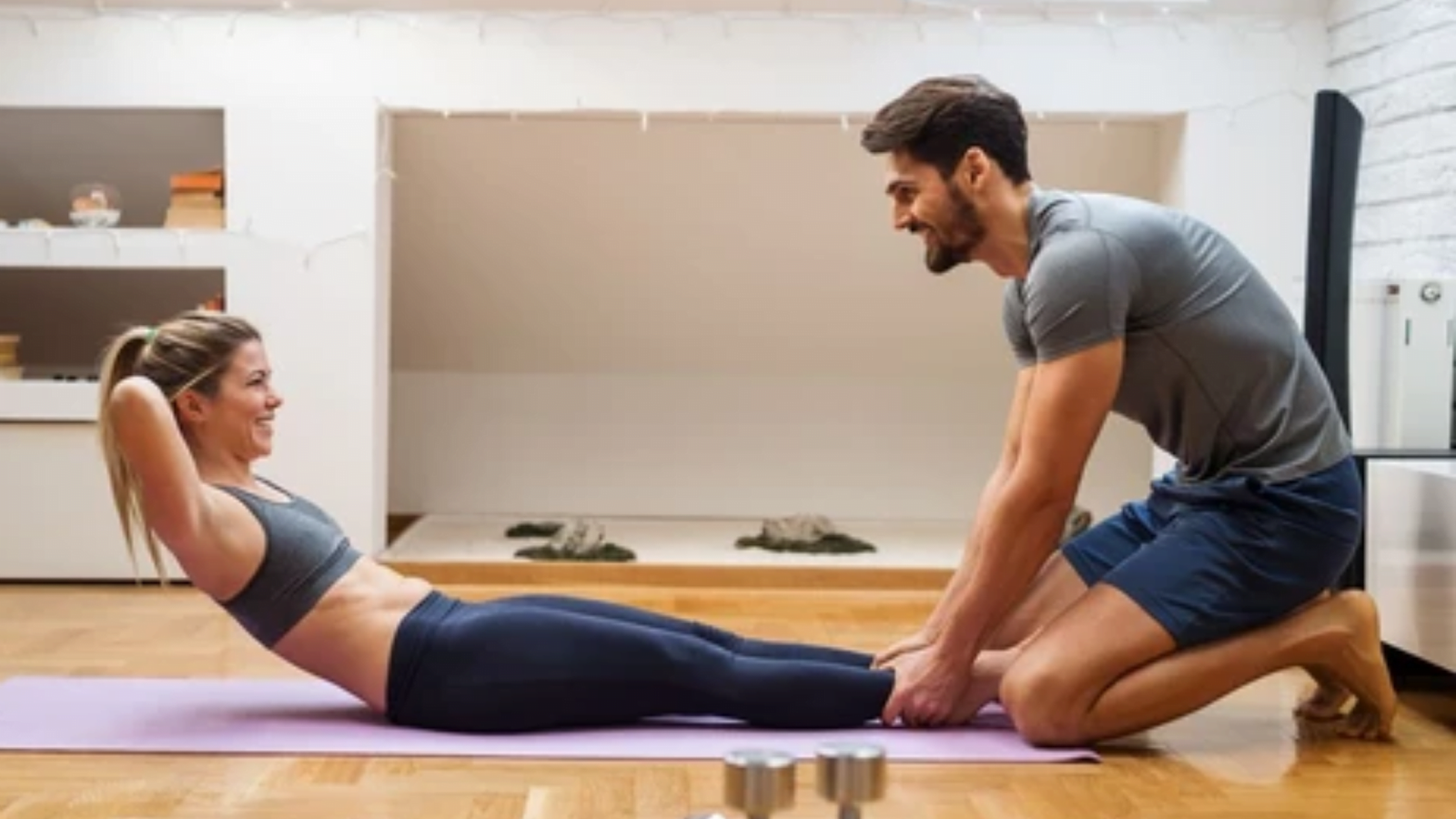Isolation Training
Isolation training means that you are training just one specific muscle group and really focusing on that muscle during a particular exercise. An example of an isolation exercise is the bicep curl. This is a move that targets the biceps specifically and allows you to build muscle tears and metabolic stress in that region without it spilling out in other areas.
This can be contrasted with compound movements, such as the squat. The squat is not an isolation movement because it challenges too many muscle groups all at once. This works the quads, the calves, the hamstrings, the core, and even the lower back to a degree. Put all this together and it is a ‘bigger’ exercise that challenges more muscles and one that is more akin to the way we move in the real world.
And it’s for these reasons that isolation training has become something of a dirty word. But if it’s the size that you’re interested in, then isolation training also happens to be an absolute must. There is a reason that every bodybuilder uses isolation training and its high time you did too – even if you’re training from home!
The Benefits of Isolation Training
The benefit of isolation is that it allows you to work on specific parts of your body that need focus. This, in turn, means that you’re more likely to be able to grow that precise area, rather than training the entire body and potentially letting the stronger muscles take over from the ones that you were hoping to emphasize. This leads to more micro-tears and therefore more growth and more strength in the long term.
At the same time, this allows you to push yourself harder and further to trigger more growth and without risking a serious injury during some kind of multi-joint move.
Only 94 FREE copies Available!
Claim your FREE Copy
How to Isolate
So the new question becomes: how do you isolate a muscle?
The answer is to use an exercise that only uses a single joint – and a good example of this is the bicep curl that only uses the elbow to move the weight.
But when doing these, you also need to make sure you are conscious that you are only using that joint and that you are concentrating on contracting the specific muscle. This in turn might often mean using a lighter weight to prevent you from ‘cheating’ to get it up. For instance, you may otherwise find yourself swinging your body to use momentum to drive the weight upward.
Another potential tip is to try tensing your entire body throughout the movement. This locks your body rigidly into place and thereby helps you to remove the ‘energy leaks’ that could otherwise require your attention. That then helps to reduce the likelihood of your arm moving around and your body having to compensate.
Finally, consider using other tools to help yourself isolate the muscle. A preacher bench for example is ideal for isolation curls and you can also use the back of an incline bench!
